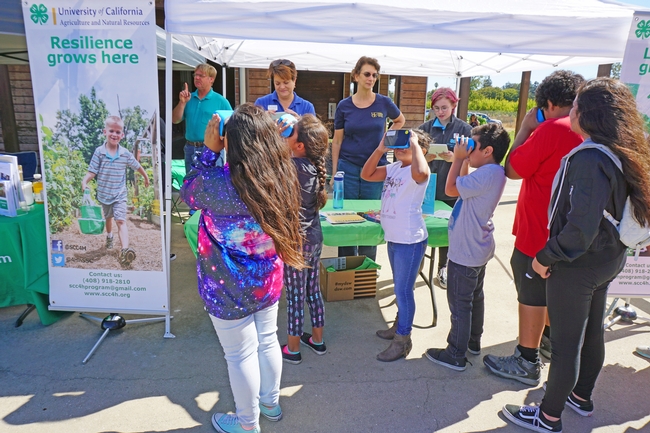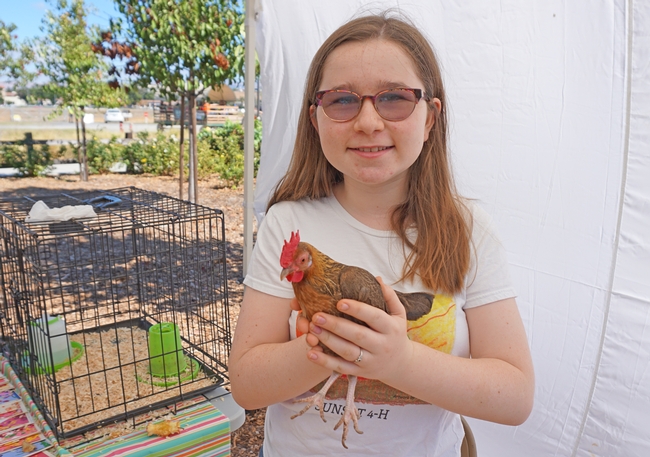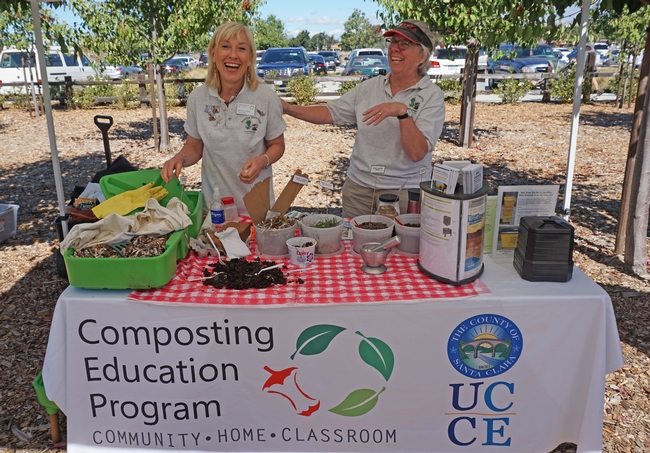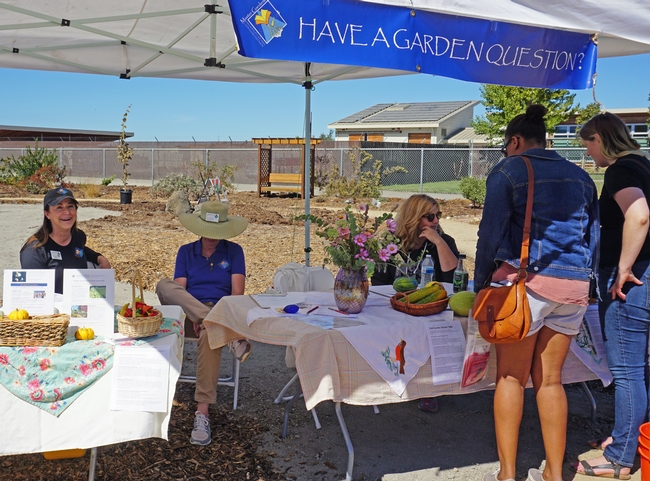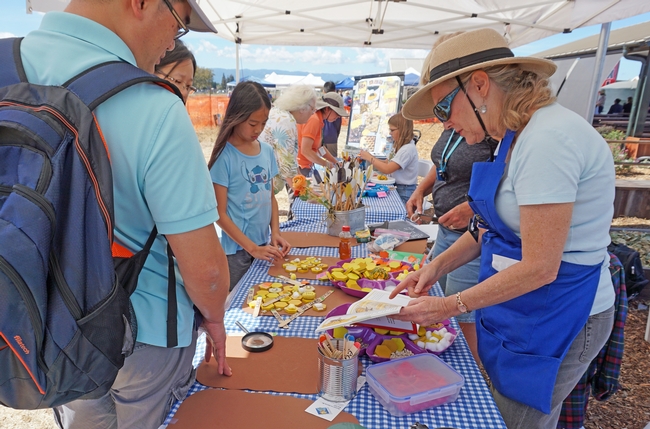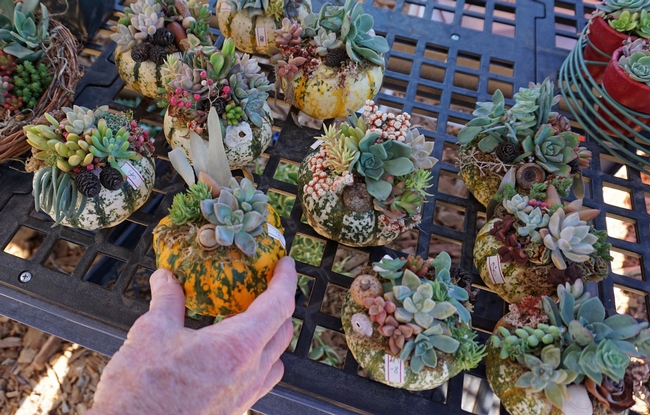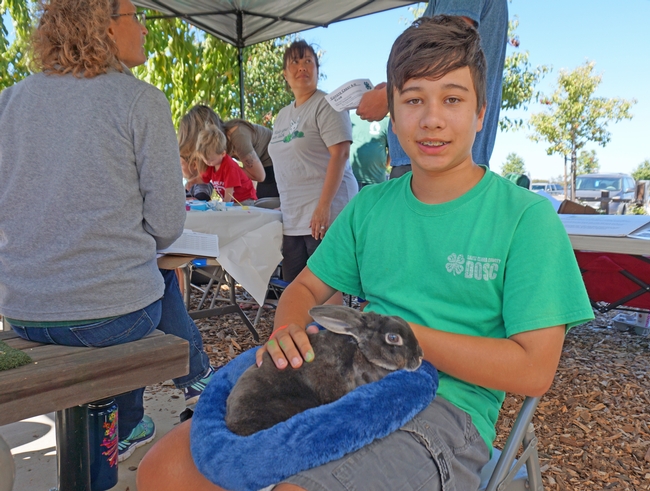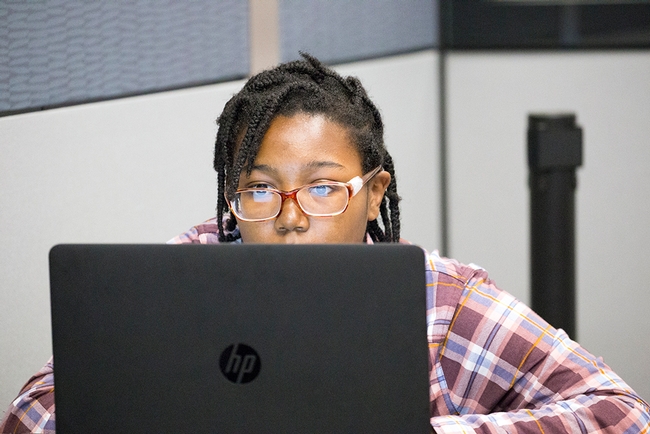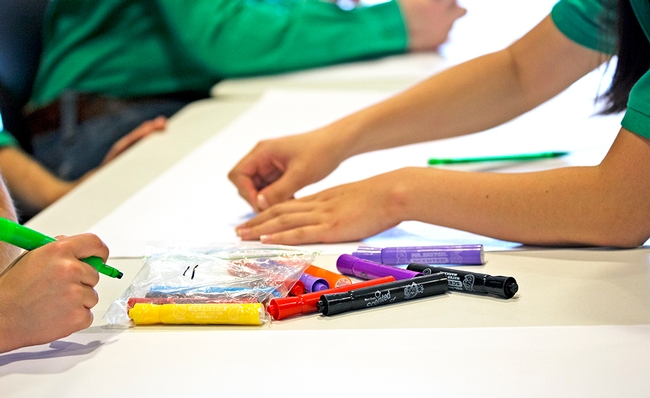Posts Tagged: Fe Moncloa
Why celebrate Hispanic Heritage Month?
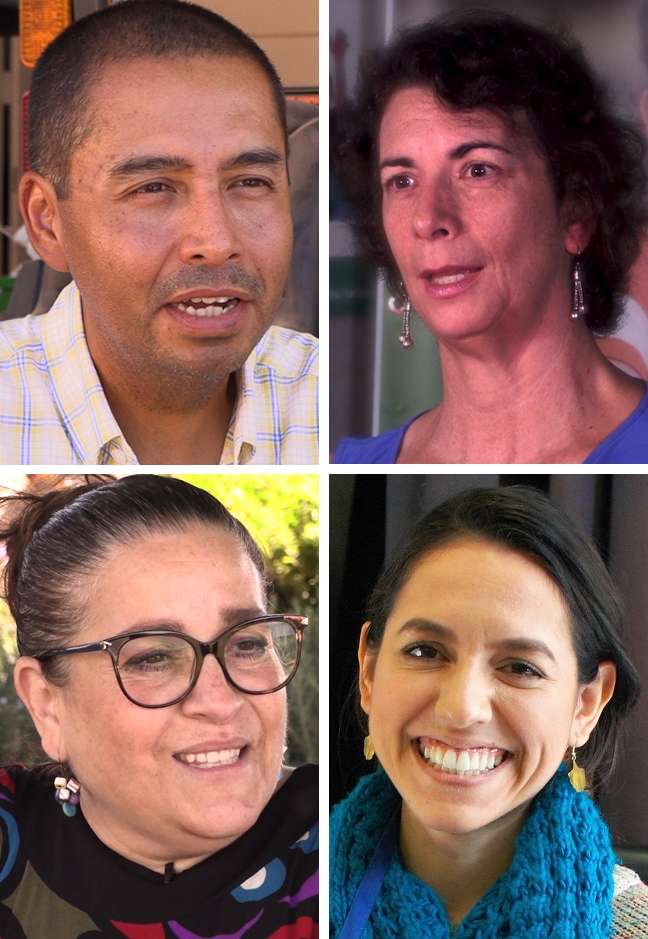
The purpose of Hispanic Heritage Month (September 15–October 15) is to recognize the contributions and vital presence of Hispanic and Latino Americans in the United States. President Lyndon Johnson first approved Hispanic Heritage Week in 1968, and it was expanded to a full month by President Ronald Reagan in 1988.
Why does Hispanic Heritage Month run from mid-September to mid-October? The date was chosen to bookend two milestones for Spanish speaking countries: the celebration of independence from Spain for Mexico, Chile, and, five Central American nations (Guatemala, Honduras, Nicaragua, El Salvador and Costa Rica) and Columbus Day / Día de la Raza. This day is mostly celebrated by the Italian Americans rather than Spanish-speaking immigrants.
In the fabric of our society, the impact of Hispanics is undeniable. It is important for the new generations that our contributions in forging this great nation are valued beyond food and music. From astronauts to physicists, Hispanics have contributed to better our lives. A few examples:
- Luis Walter Alvarez was an American experimental physicist, inventor, and professor who was awarded the Nobel Prize in Physics in 1968.
- Franklin Ramón Chang Díaz is a Costa Rican American mechanical engineer, physicist, former NASA astronaut.
- Ellen O. Ochoa is a Hispanic-American engineer, former astronaut and former Director of the Johnson Space Center.
UC ANR joins in the celebration of Hispanic heritage by profiling four Latino academics, advisors, educators who serve their communities, day after day, applying the UC ANR public values:
- Fe Moncloa - 4-H Youth Development Advisor, UCCE Santa Clara County
- Jairo Diaz - Director of the UC Desert Research and Extension Center
- María de la Fuente – UC Cooperative Extension director in Monterey County and UCCE Farm & Master Gardener Advisor, Monterey & Santa Cruz counties.
- Aileen Carrasco-Trujillo - Bilingual Nutrition Educator, UCCE Santa Clara County
Children and families find a spark with hands-on fun
Hands-on crafts, farm animals and fresh organic produce brought the Santa Clara County community to the Martial Cottle Park Harvest Festival in San Jose Oct. 6. UC Cooperative Extension in Santa Clara County participated to share gardening information, composting basics and the fun of 4-H with children and families.
The UCCE 4-H program brought virtual reality goggles that allowed children to look in any direction for a view under the sea, complete with coral, fish and a sea turtle. Santa Clara County 4-H ambassador Alexa Russo used a tablet computer to interact with the children as they looked through the goggles, asking questions to engage them in the experience.
The goggles are just one way 4-H is seeking to light a spark of interest in youth. In clubs throughout the state, 4-H youth are taking part in fun computer science and engineering projects while learning about healthy living, citizenship and leadership.
Booth visitors intrigued by the goggles at the harvest festival were invited to participate in a free event at the Google Mountain View Campus called Code Your World. The activity was developed by 4-H, Google and West Virginia University Extension to teach children about computer science with games and interaction. The Oct. 13 event is being held to to mark 4-H National Youth Science Day.
"Code Your World is fun, hands-on and easy, even for people with no computer science experience," said Fe Moncloa, UC Cooperative Extension Youth Development advisor for Santa Clara County. "We opened Code Your World to all our 4-H members, and we're also encouraging kids who aren't members to come." Space is limited and pre-registration is required. To register, go to: http://ucanr.edu/nysdscc
For more information on Code Your World and the Youth Science Day event, see the Santa Clara County 4-H website.
Google to support computer science career training for Santa Clara 4-H
4-H members in Santa Clara County will work with Google employees to develop computer science technical skills, digital fluency, creativity and problem solving skills in a new 10-week program made possible with a donation from the Silicon Valley internet search giant.
Youth participants, teen leaders and adult volunteers are now being recruited to take part in the 4-H Computer Science Career Pathway, a weekly series that begins Sept. 27. The pathway will translate abstract concepts into practical experiences the participants can use to explore the field of computer science. Fill out an online interest form to get more information.
“We are thrilled to begin our partnership with Google and prepare our youth for successful careers in any field they choose through this innovative program,” said Fe Moncloa, the UC Cooperative Extension 4-H Youth Development advisor in Santa Clara County.
The outreach will go beyond the 10 weekly sessions. During the first year, an estimated 700 youth in traditional 4-H community clubs, in after-school programs, and in programs offered by partnering community organizations will be touched by 4-H computer science. Booths will be set up at festivals and fairs to reach still more young people.
“There are many different opportunities for our youth to explore computer science,” Moncloa said.
The Santa Clara program is one of dozens funded through the National 4-H Council, which received a $1.5 million grant from Google to build skills youth need for the future. Santa Clara is the only California county involved.
“We don't know what the jobs of tomorrow will look like,” said Charlotte Smith of Google.org when the grant was announced. “Some of them might require computer science skills, but it's much more than that – problem solving, collaboration. We want to give kids as many kinds of tools as we can so they can succeed in any discipline and in any field.”
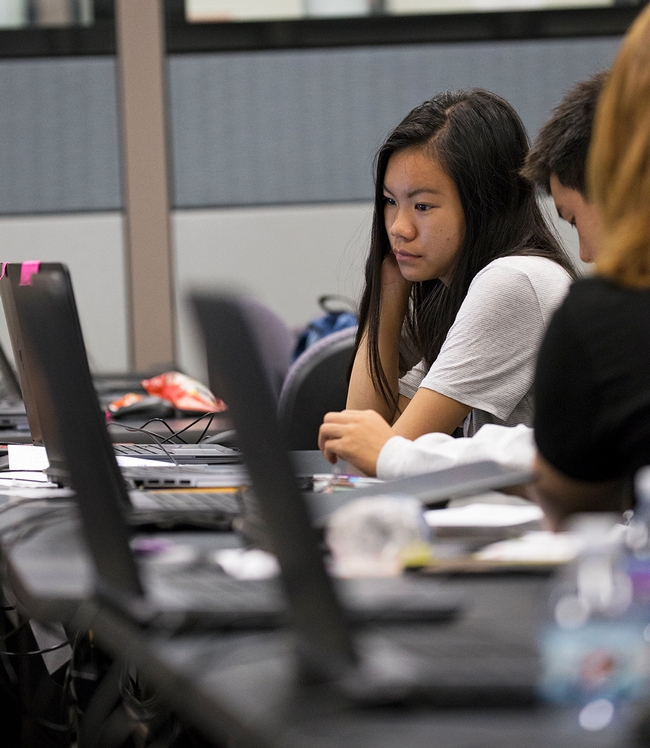
To reach underserved youth in Santa Clara County, 4-H will partner with two well-established community organizations. Youth Alliance, based in Hollister, provides innovative and culturally relevant services to local youth and families. Youth Alliance offers after-school programs for elementary and junior high school youth to give children a safe place to spend afternoons, get homework help and participate in cultural arts programs.
A second community partner is Sacred Heart Community Service in San Jose, which assists families with a wide variety of needs, including after-school programs, housing, food, nutrition education, citizenship classes and English-as-a-second-language training.
Santa Clara County UC Cooperative Extension 4-H has formed a team to launch the 4-H Computer Science Career Pathway.
UCCE 4-H program representative Claudia Damiani will train college students to offer the computer science curriculum to young people in Youth Alliance and Sacred Heart Community Service programs.
Google employee and 4-H volunteer Curtis Ullerich will teach the computer science curriculum to other volunteers in Santa Clara County.
“Some people think computer science is limited to coding,” Moncloa said. “Curtis, the way he teaches, he presents computer science in a different way. Sure, coding is one element, but there is so much more.”
Fiona Reyes and Santiago Piva are 4-H Teen Leaders in this project. They will teach and mentor youth, and collaborate with Ullerich to extend the curricula to 4-H volunteers.
4-H Youth Development team wins national diversity award
UC 4-H Youth Development advisors Dorina Espinoza, Russell Hill, Fe Moncloa and Keith Nathaniel and 4-H associate director Shannon Horrillo have won the National Extension Diversity Award for systematically enhancing the intercultural competency of 4-H personnel and others in California. The National Extension Diversity Award was presented Sunday, Nov. 13, at the 129th Association of Public and Land-grant Universities Annual Meeting in Austin, Texas.
The award, given by USDA National Institute of Food and Agriculture (NIFA), Cooperative Extension System and the APLU, honors the team for developing and institutionalizing a professional development strategy to increase staff and academics' intercultural competence.
To support the development and well-being of California's culturally and ethnically diverse youth population, research indicates that building intercultural competence among youth development professionals is critical.
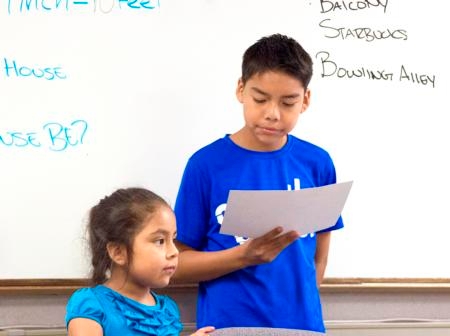
“We have been making changes to our programs to remove barriers and make 4-H more accessible. We are also testing new delivery models to expand 4-H's reach, particularly among Latino youth and families,” Horrillo said.
“This effort has been extremely successful and we are seeing the benefits in our membership,” said Horrillo. “The program's growth over the last year was significant, with a 16 percent increase in youth participation and a nearly 42 percent increase in Latino youth participation.”
“We asked Latino parents how we can help,” said Lupita Fabregas, assistant director for 4-H Diversity and Expansion. “Working parents suggested after school programs so they don't have to drive their kids to a different location.”
Through a pilot initiative in seven counties – Riverside, Orange, Kern, Santa Barbara, Monterey, Merced and Sonoma counties – UC ANR's 4-H Youth Development Program now offers in-school, after school and special interest clubs that explore subjects such as robotics. Children can join clubs that focus on projects for four to six weeks, rather than 4-H's year-long commitment. Bilingual and bicultural program representatives provide materials in English for the children and Spanish for parents. Although the activities are structured differently, they aim to teach Latino children science, leadership, civic engagement and other life skills taught through the traditional program.
The team of change agents applied the professional development strategy over three years, providing 176 hours of intercultural communication feedback sessions, learning communities and regional conferences to enhance the intercultural competence of 65 California 4-H personnel.

The UC ANR 4-H Youth Development Program has also assembled an advisory committee for 4-H multicultural and community engagement that includes Latino leaders Mary Lou de Leon Siantz, a professor at the Betty Irene Moore School of Nursing at UC Davis and director of the Center for Advancing Multicultural Perspectives on Science (CAMPOS); Steven Olmos, chief schools officer for Santa Clara County Office of Education; Albert Maldonado Jr., youth program manager for The California Endowment; and Juan P. Garcia, deputy director of the California Hispanic Chambers of Commerce.
UC ANR's action plan and resulting positive change provides a model for 4-H in other states to improve professional development and expand the program's reach. A summary of California's IDI professional development activities can be found in the National 4-H Latino Youth Outreach: Best Practices Toolkit, Professional Development.

